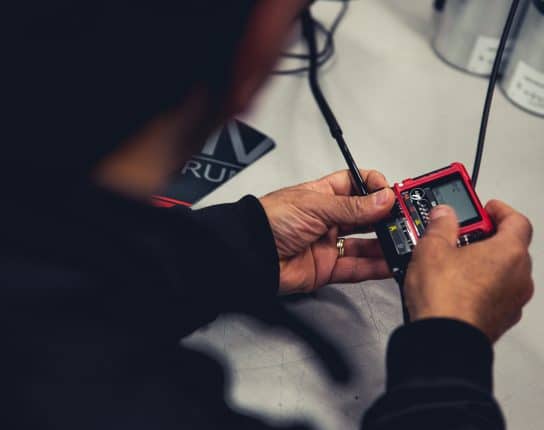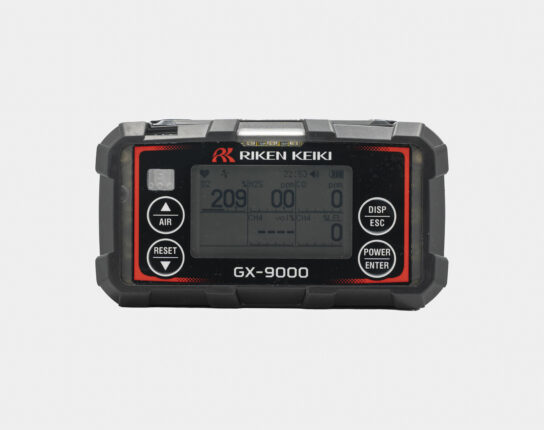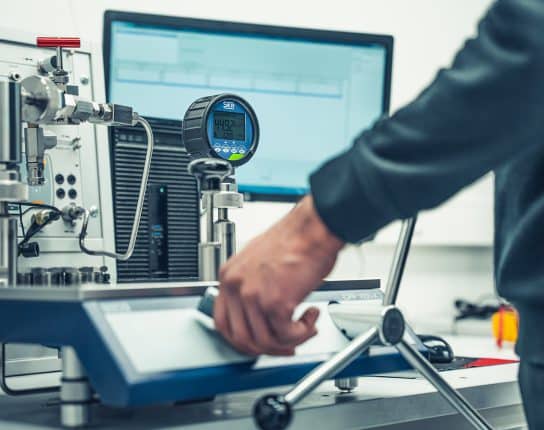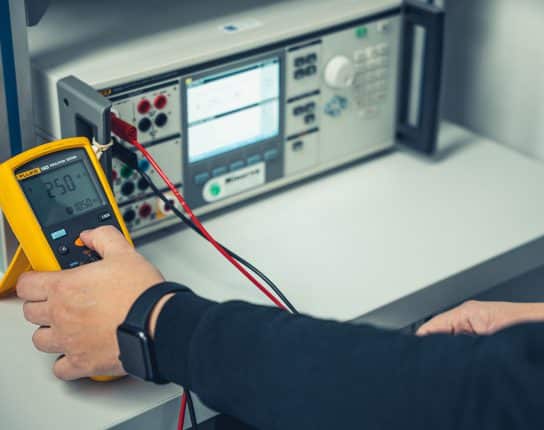
What is a pressure transmitter?
The pressure Transmitter. A commonly used instrument, but why? The question that we try to answer this month is what a pressure transmitter is. So, the definition; A pressure transmitter is a mechanical device that translates the expansive force of a liquid or gaseous sample into an electrical output. This device converts the pressure through a transducer into an electrical signal. Here we find the first question regarding the transmitter or transducer. Is there a difference between them? Furthermore, we handle where the pressure transmitter is used, how it works, and if you need to calibrate your transmitter.
Pressure transmitter or pressure transducer
To make it clear from the start, a pressure transmitter is not the same as a pressure transducer. Often these terms are used at the same time when spoken about a pressure transmitter. However there not the same. A pressure transducer is used before a pressure transmitter. The pressure transducer covers a form of energy to another form of energy. Let’s say that a pressure transducer, for example, converts degrees Celsius to analogue energy (mV).
Whereas a pressure transmitter covers the electrical signal provided by a transducer to a much larger electrical signal. For example, the millivoltage (mV) from the transducer are converted and transmitted by the transmitter in Voltage or mA. Usually, this more significant electrical signal lays between 1-5 Volt or 4-20 mA. The transmitter sends the output of your process, liquid, or gaseous process to your computer.
What is a pressure transmitter used for
Pressure transmitters are used in a wide range of industrial sectors. For example, oil exploration. In this sector, pressure sensors measure differences in value between the interior and exterior of pressure-sensitive equipment. Most pressure transmitters are very durable, being able to withstand any environment with long service life. For example, the SITRANS p320 pressure transmitter increased proof test interval over other devices on the market. With testing periods of up to fifteen years rather than every two, they significantly lower maintenance costs. Pressure transmitters are applicable in a wide range of cases because they can be connected to other systems, such as electrical circuits.
Also, pressure transmitters are widely used in the maritime sector. In the maritime industry, everything revolves around liability and efficiency. A popular model in this sector is the WIKA A10 pressure transmitter which is highly compact and durable. In the maritime industry, transmitters provide information about liquid or gaseous processes towards the engine room or bridge for monitoring.
How does it work?
Of course, there are many different types of pressure transmitters. But despite this fact, they work pretty much the same way. Pressure transmitters work by measuring pressure and converting it into an analogue electrical signal. In general, a pressure transmitter consists of three main components:
- Pressure sensor
- Measuring circuit
- Process connection
The installation of a pressure transmitter measurement system consists of three parts:
- Pressure guiding tube
- Central measuring diaphragm
- Isolating diaphragm (containing silicone oil)
During the operation of the pressure transmitter, the pressure of the medium is transmitted to the central measuring diaphragm, where the membrane is measured. The pressure difference deforms the sheet between these parts. When this deformation is measured, the amount of pressure difference can be measured. This measured pressure difference is converted into an analogue electrical sign and can now be perceived.
Source: Pressure Transmitter Explained | Working Principle by Realpars
Pressure transmitter calibration
As mentioned, a pressure transmitter is a very durable instrument, especially with the proper care. It is essential to calibrate your pressure transmitter at a regular interval. The timing of this interval depends on your processor schedule. For more information about pressure transmitter calibration, visit our Service Center.
Related
More of the same



